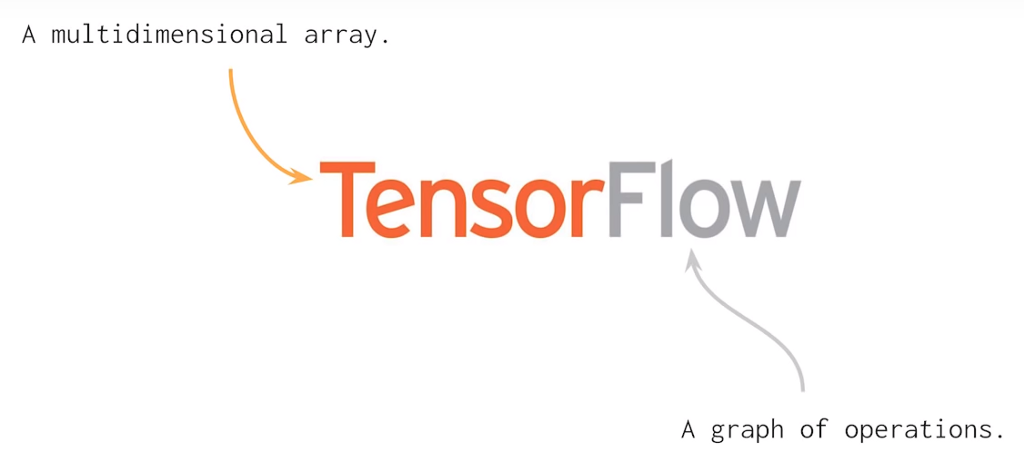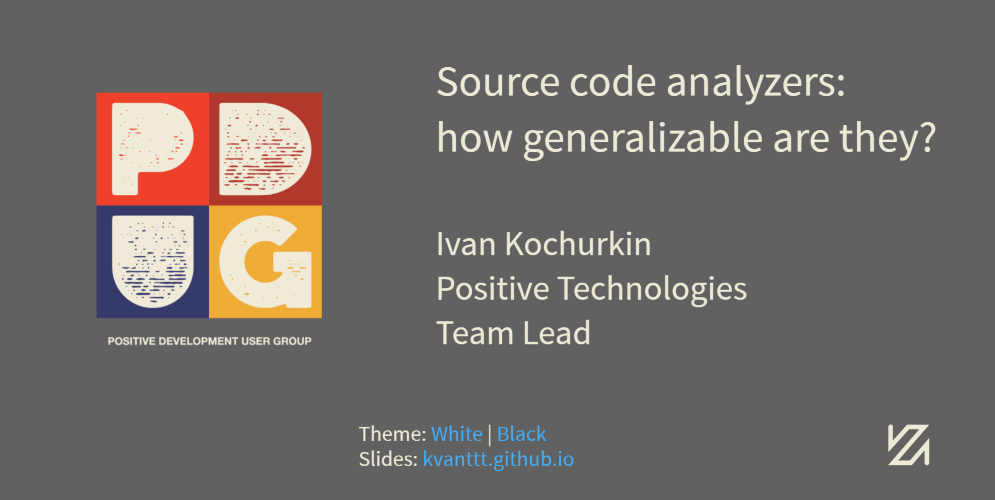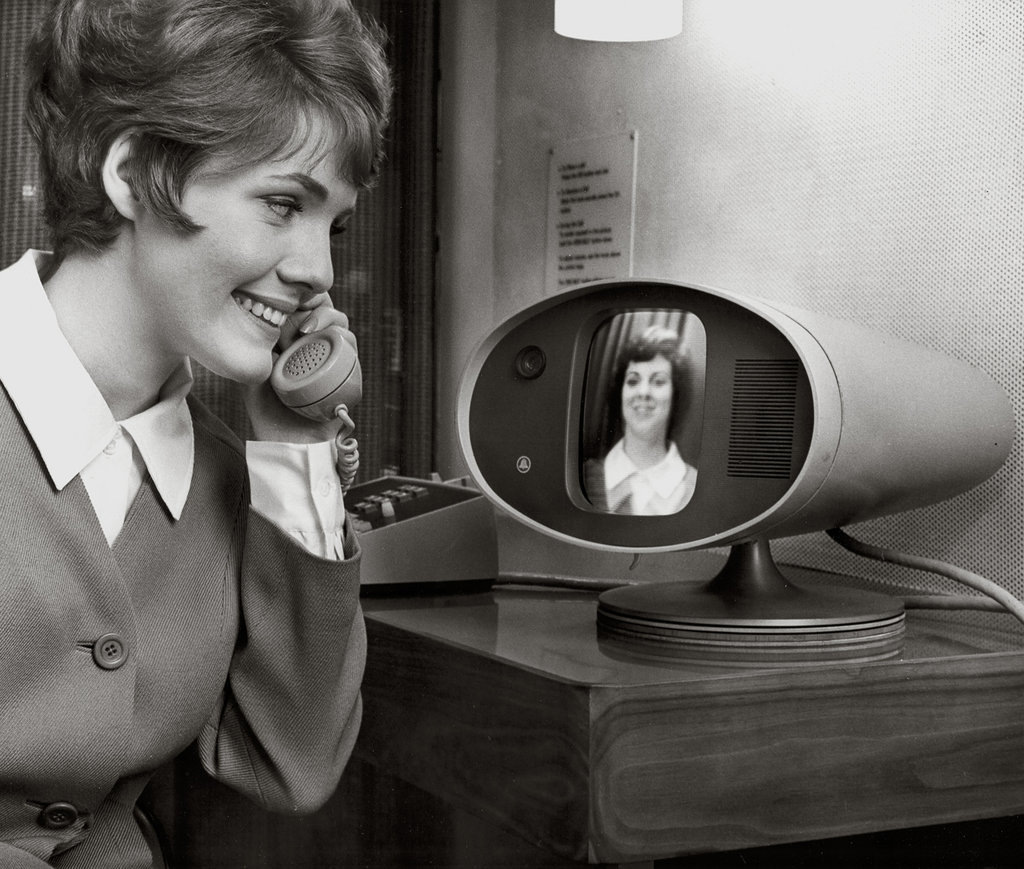Those who’ve chosen the path of transformation or want to build a marketplace are probably seeking for experienced service providers to get some help.
Since there are hundreds of development companies all over the world, I decided to research the market and narrow down the circle of providers you might want to consider for partnership.
To compile this list the following factors were considered:
- Overall number of customer reviews on such reputable platforms as Clutch, Upwork, GoodFirms, App Futura, Extract.co, IT Firms.
- Overall score of those reviews.
- Presence of Fortune 500 clients in the public domain.
- Presence of industry awards in the public domain (e.g. Global Sourcing Award, Top B2B Global Leaders, Best of the Global Outsourcing 100).
- Team size (bigger companies come first).
- Year of fundation (mature companies have more trust).
- Number of offices (more is better).
- Number of brand mentions over the web (only companies with 1,500+ mentions are listed).























